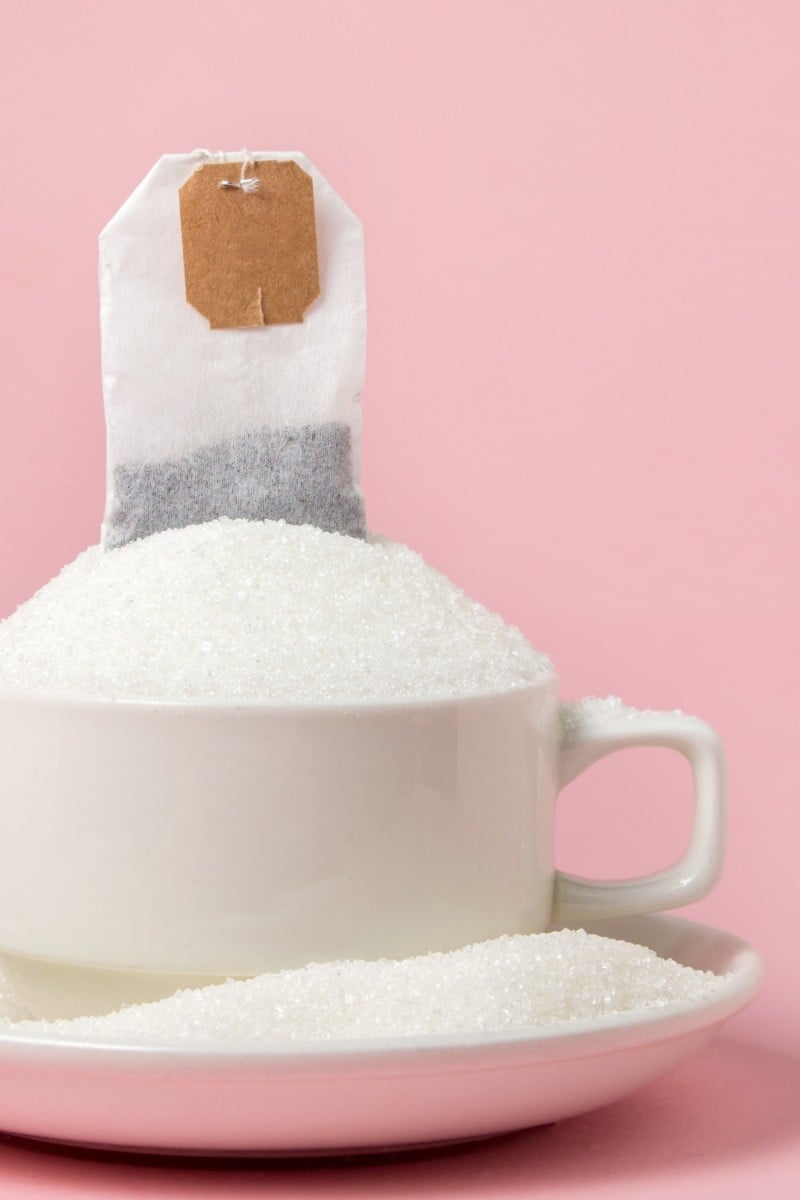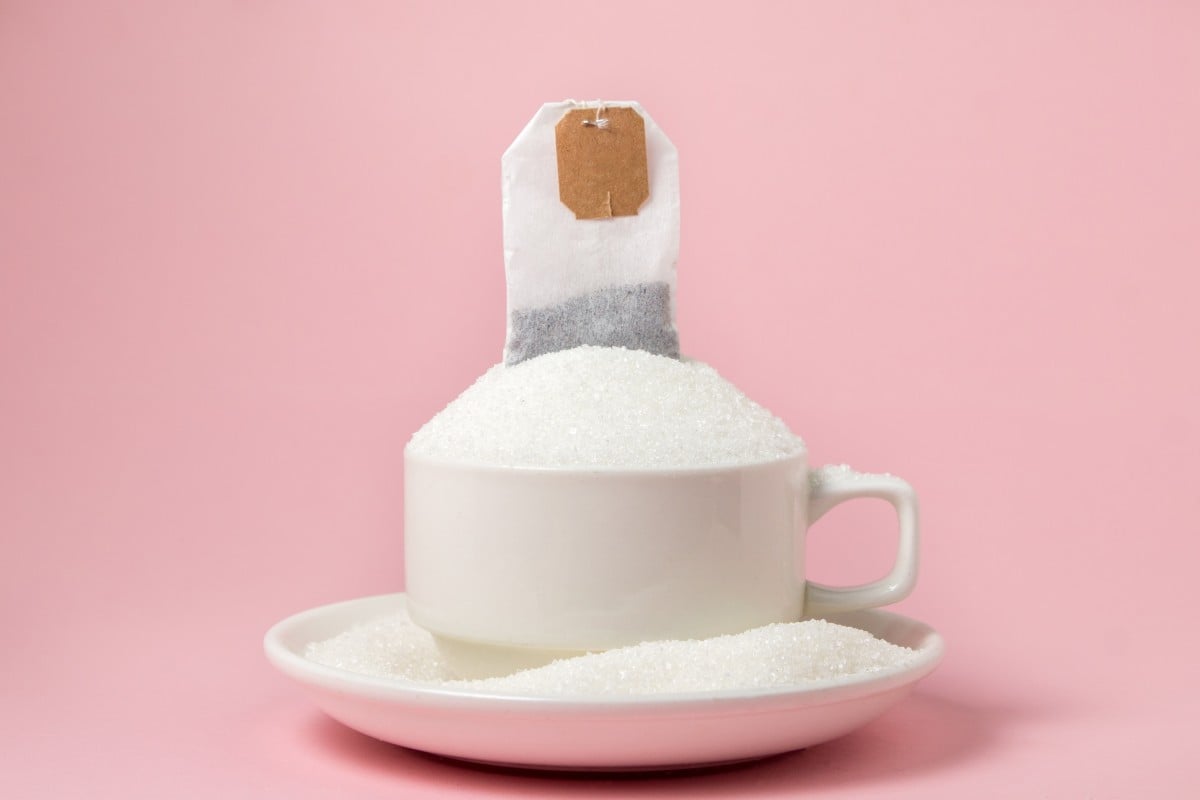
Study Buddy (Explorer): Your no-stress guide to breaking up with added sugar
Each week, this page presents a light article with questions to test your comprehension.
 Would you like some tea with your sugar? Photo: Shutterstock
Would you like some tea with your sugar? Photo: ShutterstockContent provided by British Council
Read the following text, and answer questions 1-9 below:
[1] Hidden in everything from breakfast cereals to your favourite sandwich bread, added sugar has become a nearly unavoidable part of our modern diet. Although reducing your intake might seem overwhelming, the health benefits make it worth the effort.
[2] Research shows excessive sugar intake increases the risk of cardiovascular disease and other health issues, according to the American Heart Association. Women should limit added sugars to 25 grams (6 teaspoons) per day, while men should limit it to 36 grams (9 teaspoons).
[3] However, many Americans consume an average of 17 teaspoons per day. “I don’t have a sweet tooth,” ABC News chief medical correspondent Dr Jennifer Ashton wrote in her book The Self-Care Solution, “but when I really examined how much sugar I was eating, I was shocked.” If health experts can be surprised by their sugar intake, then we could all use some practical strategies. Here are a few recommendations to get you started, according to Everyday Health.
[4] Success starts with understanding food labels and sugar’s numerous aliases. Watch for refined sugars (corn syrup, brown sugar), ingredients ending in “-ose” (fructose, dextrose), various syrups, honey and fruit juice concentrates. Recent labelling laws now require added sugars to be listed separately from natural sugars, making it easier to track your intake.
[5] Instead of a drastic sugar detox, try making substitutions. Focus on cutting out sugar-sweetened beverages, which add a lot of sugar to your diet. Replace sodas and sweetened teas with water infused with fruit, unsweetened sparkling water or plain tea to reduce your daily sugar intake.
[6] Other easy wins include swapping your sweetened breakfast cereal with oatmeal topped with fresh berries and cinnamon. And when baking, you can usually cut the sugar by one-third without anyone noticing.
[7] Keep perspective: Natural sugars in whole fruits, vegetables and plain dairy products contain essential nutrients and fibre. The goal isn’t to eliminate all sugars but to reduce added sugars while maintaining a balanced, enjoyable approach to eating that you can sustain long term.
Source: Tribune News Service, January 27
Questions
1. What do breakfast cereals and sandwich bread have in common according to paragraph 1?
2. Decide whether the following statements in paragraphs 2 and 3 are True, False or the information is Not Given. Fill in ONE circle only for each. (4 marks)
(i) Women should eat less added sugar than men.
(ii) Most Americans eat less sugar than the recommended amount.
(iii) Eating too much sugar makes you 50 per cent more likely to get heart disease.
(iv) Ashton did not realise how much sugar she was eating.
3. According to paragraph 2, how much sugar should children under 12 eat?
A. 11 grams
B. 18 grams
C. 20 grams
D. information not given
4. Find a word in paragraph 2 that means to “keep something to a certain maximum amount”.
5. According to paragraph 4, it is a good idea to avoid food that contains …
A. fruit juice concentrates
B. fructose
C. brown sugar
D. all of the above
6. According to paragraph 4, what is the purpose of labelling added sugars and natural sugars separately?
7. List three soda alternatives mentioned in paragraph 5.
8. Paragraph 6 offers tips for …
A. eating less sugar.
B. baking the perfect cupcake.
C. making home-made cereal.
D. choosing fresh berries.
9. What sort of sugar can we eat more of according to paragraph 7, and why?
Answers
1. they contain added sugar
2. (i) T; (ii) F; (iii) NG; (iv) T
3. D
4. limit
5. D
6. to make it easier for people to track their sugar intake
7. water infused with fruit, unsweetened sparkling water and plain tea
8. A
9. natural sugar because it contains essential nutrients and fibre
